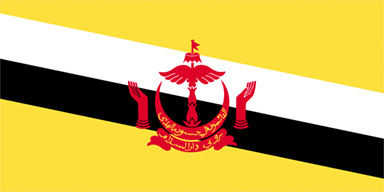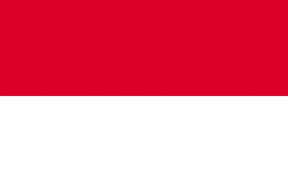
Research: Indonesia 01
Jakarta, Surabaya, Yogyakarta
2015.11.13 - 11.23
The curatorial team visited Jakarta, Surabaya, and Yogyakarta where biennales were held in each city during the visit. From the trip, the curatorial team discovered the many art historical relations between Indonesia and Japan from the interviews with artists, from each of the biennales, and from learning about the histories of each city.
-
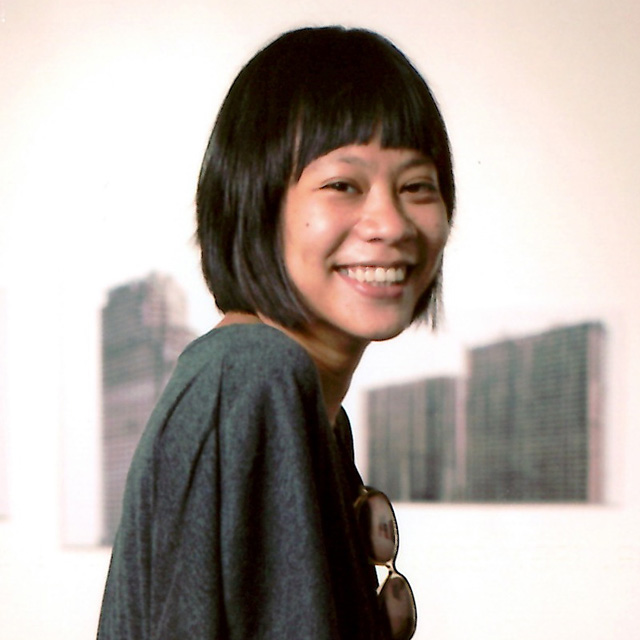 Grace Samboh
Grace Samboh -
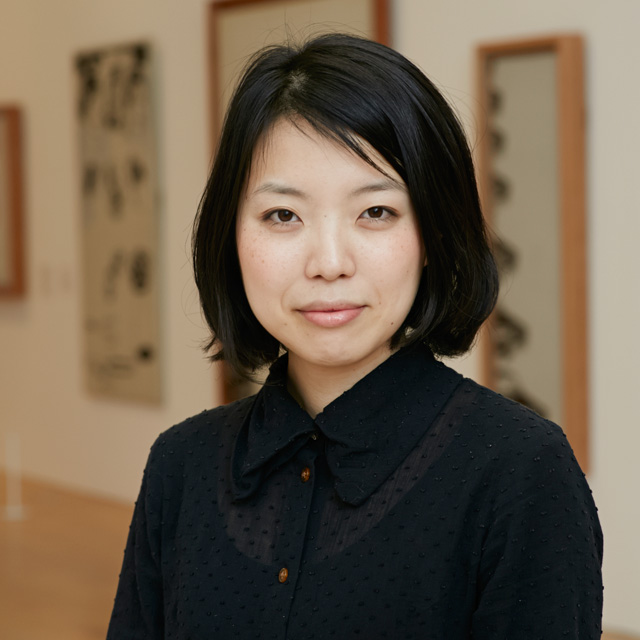 Haruko Kumakura
Haruko Kumakura -
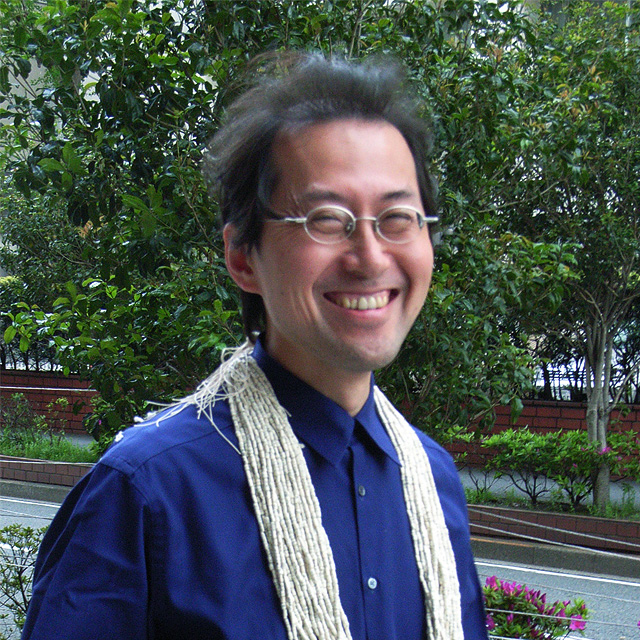 Minami Yusuke
Minami Yusuke -
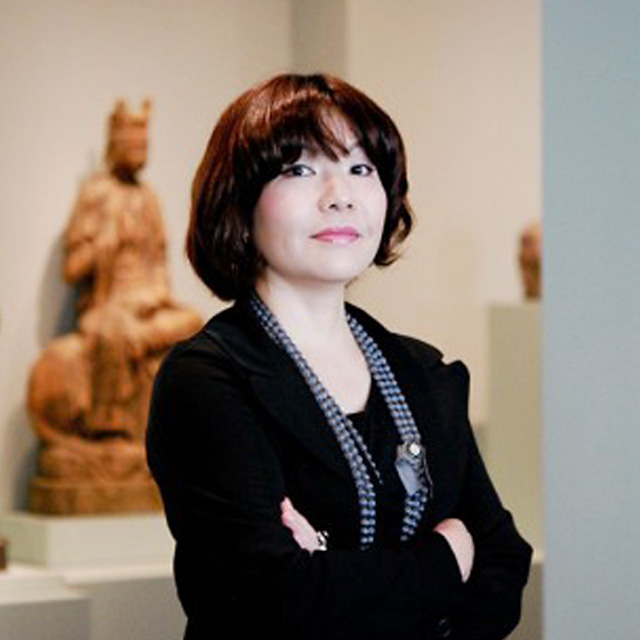 Mami Kataoka
Mami Kataoka -
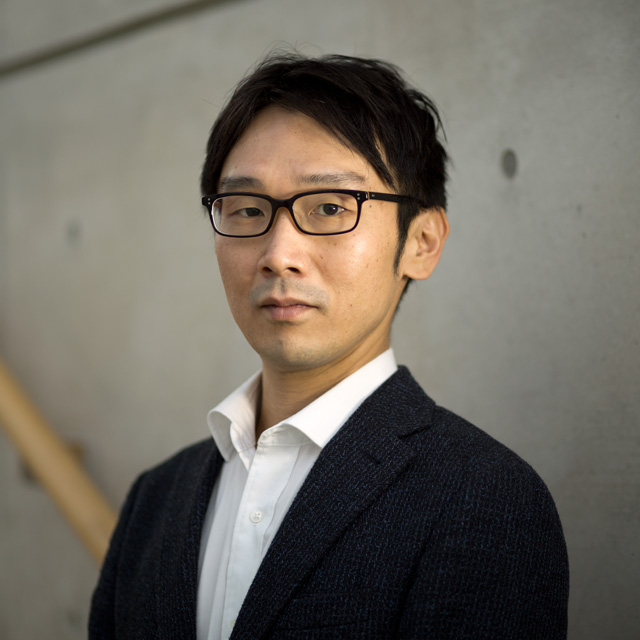 Naoki Yoneda
Naoki Yoneda
FX Harsono (1949 -)
2015.11.14
Born in 1949, FX Harsono was one of the earliest members of the Gerakan Seni Rupa Baru Indonesia (GSRBI, “Indonesia New Art Movement,” 1975-1989) that helped give birth to contemporary art in Indonesia. During the years of the Suharto regime, FX Harsono was an early participant in researched-based art projects that are now common, such as working in cooperation with environmental NGOs. He has also produced a great many works relating to his origins and identity as a Chinese Indonesian. Our interview was conducted at the alternative space, Dia.Lo.Gue, the exhibition venue for the open project, "EXI(S)T." Focusing on young artists and curators under thirty, this project is one of FX Harsono’s recent main engagements. FX Harsono shared with us how important the conversations and discussions pursued through the project and support for the younger generation are to him. In 2014, he received the Prince Claus Award from the Netherlands’ Prince Claus Fund.
Ruangrupa
2015.11.14
Ruangrupa is an alternative space in Jakarta founded in 2000, two years after the collapse of the Suharto regime, by six artists: Ade Darmawan (1974-), Hafiz, Ronny Agustinus, Oky Arfie Hutabarat, Lilia Nursita, and Rithmi. Today, it is one of the most long-standing artist spaces and collectives in Jakarta. Ruangrupa works toward exposing contemporary art to a wider audience; to make it familiar to more people of the younger generation in particular than to keep it contained within a limited people. With such an aim, they emphasize sharing the production process with the audience together with exhibiting their works. Engaging in a wide range of activities including the OK Video Festival that has been held biannually since 2003, workshops for curators and artists, exhibitions, radio broadcasts, and production and sale of goods, Ruangrupa could be said to be a central presence not only in Jakarta but in Indonesian contemporary art as a whole. The group holds many exhibitions and shows in Japan and abroad as Ruangrupa, but there are many individual artists and collectives that exist within the collective as well. Ruangrupa has also assumed a central role in the planning and administration of Jakarta Biennale 2015.
Jakarta Biennale 2015
2015.11.14
Beginning in 1974 as the Indonesian Painting Exhibition, Jakarta Biennale 2015 is the 16th iteration of the international exhibition. The curatorial team for this iteration consisted of Charles Esche (1963-) and six young curators from different regions of Indonesia. Under the theme of “Maju Kena, Mundur Kena (Neither forward nor back): Learning in The Present,” the exhibition avoided escaping into nostalgia or visions of an utopian future, instead, focusing on works pertaining to the current socio-economic, psychological, and emotional statuses of the people living in the here and now. Jakarta Biennale 2015 featured forty artists and artist groups from Indonesia and thirty from overseas. The exhibition was full of life, with approximately 5,000 visitors attending the opening, and we watched as attention from both within and outside the country focused on Indonesian contemporary art.
2016.11.16
Located on the east coast of the island of Java, Surabaya is the capital of the East Java province. With a population of approximately 3 million, it is Indonesia’s largest port city and second largest city. The Japanese community here was established in the early 20th century with the founding of Indonesia’s first school for Japanese people in Surabaya in 1925. There is still a Japanese cemetery there to this day. First held in Surabaya in 2005, Biennale Jatim has been hosted in the city ever since. Being a biennale held for artists in Indonesia, the website announcements and displays for the exhibition are in Bahasa Indonesian only, the official language of Indonesia. A curator is selected from both Surabaya and Yogyakarta who each select artists. In addition to this, artists selected through open call also take part in the biennale, thus allowing the two sets of artists to ultimately participate on the same stage. In all, over eighty artists and groups participated in the event, filling the multipurpose hall which was subdivided by temporary partitions. The methods and qualities of the works on display varied, but there definitely was an air of the “biennale” format steadily taking hold in Indonesia.
C2O(Se Dua O)
2015.11.16
Named after the street it is located, C2O is a collective founded in 2008 that also runs a bookstore, archive, and public library. The library began as an individuals’ private collection then grew to include publications on Indonesian history, culture, and anthropology which are oriented more for scholars and researchers. In August 2015, a gallery space was additionally established in its backyard. At the time of our visit, an exhibition curated by Antariksa, a Yogyakarta-based researcher, was being held on graphic designs made during the Japanese rule in Indonesia to which the younger Indonesian designers responded to. The activities of Surabaya-based collectives of young generation, including WAFT Lab, Serubuk Kayu, Holopis, and Surabaya Tenpu Dulu, are not limited to contemporary art but extend also into the field of science, technology, environmental problems, history, traditional culture, and cuisine. We observed a common attitude of striving to tackle a variety of issues shared across modern Indonesia.
Agung Kurniawan(1968-)
2015.11.18
Agung Kurniawan is a Yogyakarta-based artist. He received the Phillip Morris Art Award in 1996, and while he has been internationally recognized, he still continues to be active throughout the world. Frequently dealing with themes including violence, politics, and [social] taboos, Agung Kurniawan develops his work through his social and cultural activities; as well as creating artworks themselves, he recognizes that it is just as important for the artist to respond to society. In his performance for the opening of Jakarta Biennale 2015, Agung Kurniawan recited a poem from the crowd with such a presence that it stirred the crowd. His posture and manner seemed to be more of an actor or director than an artist, which he said was based on his intention to involve the audience into the work. According to Agung Kurniawan, the recent trend in Indonesian contemporary art is for many artists in Jakarta to be engaged in participatory works pertaining to social problems. By contrast, he explained, many artists in Yogyakarta produce strongly object-oriented works with shape and form.
Indonesia Visual Art Archive
(IVAA)
2015.11.19
The Indonesia Visual Art Archive (IVAA), located in Yogyakarta, was founded in 1999. Consisting of both online and printed material, IVAA’s goal is to build an Indonesian art history and relationships between art experts through written, oral, and visual documents. The archive gathers materials pertaining to artistic activities on a comprehensive scale, focusing not only major cities but also on accomplishments in regional cities overlooked by public institutions. Works that we now label “socially engaged art” were not widely recognized by society until about 2000, and, since these works do not necessarily remain as physical objects, the problem of there being no historical documentation has risen in the recent years. Moreover, as new alternative spaces and galleries began to open, there was a pressing need to build and develop archives. In particular, IVAA has grown rapidly since Farah Wardani (currently an archivist at the National Gallery Singapore) became director in 2007, and it continues to take on an ever more important role in Indonesian contemporary art.
Cemeti Art House
2015.11.19
Cemeti Art House is an alternative space in Yogyakarta founded in 1988 by artists, Nindityo Adipurnomo of Indonesia and Mella Jaarsma (1960-) of the Netherlands. Cemeti showcases artists from Indonesia and abroad. The art house began in 1988 as the Cemeti Gallery, focusing on exhibiting, documenting, and propagating contemporary art. In 1995, the gallery renamed itself to become the Cemeti Art Foundation. In order to further subdivide the Cemeti Art Foundation’s objectives, it was split into two smaller organizations: IVAA, which specializes in documentation, education, and data archiving; and the Cemeti Art House, which specializes in exhibition, art projects, residencies, and art management. Today, the Cemeti Art House plans ten exhibitions a year and offers a residency program.
How the Indonesia Research
Trip List was Generated
Since I generated the list of people to meet and places to go to, I will explain the reasoning behind its making.
For those who come to shop or resell art, there is a “usual suspect list,” And, for those who come for “research,” there is another “usual suspects’ list” which simply show how our current contemporary art scene is typically seen.
Indonesia is such a big country. In the ASEAN context, we are 30% of its size and 40% of its population. However, contemporary arts’ development is only known in certain cities (by clusters of priority): (1) Jakarta, Bandung, Yogyakarta; (2) Surabaya, Bali, Surakarta, Semarang; and (3) Padang, Aceh, Makassar. The majority only visit the first cluster, which our Cultural Ministry has termed, “the Golden Triangle.”
Through different organizations, it is safe to say that Japan was one of the first foreign countries that invested their attention and energy to pursue cultural exchange in Indonesian modern and contemporary art. With that in mind and the core idea of the SEA PROJECT being a survey show from 1980s, I skipped any type of usual suspects lists as most of them began their international career through/from Japan.
At the time of our visit, there were three biennales on show: the Jakarta Biennale , Biennale Jogja, and the young Jatim Biennale (East Java Biennale). Coming to Indonesia at such a time meant that the artists participating in the biennale(s) are busy, but I suspected that by allocating our visits and time within the biennale would mean that the team would cross paths with the artists and would have the chance to have a conversation in the biennale sites.
After our first curatorial meeting in August 2015, we, the SEA curators, were asked to generate a list of artists that we would want to work with for SEA PROJECT and are relevant from the 1980s to now. Assuming that the list is read and studied by all curators, I consciously tried to not arrange meetings with those artists and I thought we should look as far and wide as we could.
Regarding the selection of collectives and artists, I was aiming more into younger artists with a variety of practice that are collaborative and tend to involve other (non-art) people. The community-oriented, collaborative, collective practices are more mature in the sense that they are self-critical and more prone to changes.
Special Thanks
Ace House
Agung Hujatnika
Agung Kurniawan
Alia Swastika
Antariksa
Bakudapan
Cut&Rescue
Enin Supriyanto
Eri Rukmana
FX Harsono
Gunawan Setokusumo
Holopis
Imelda Setokusumo
Jakarta Wasted Artists
Jompet Kuswidananto
Leonhard Bartolomeus
Lina Koswara
Manic Street Walker
Melani W. Setiawan
Mella Jaarsma
Mellisa Angela
Natasha Abigail
Natasha Sidharta
NEMU
Nicolas Borriaud
Rudi Akili
Serubuk Kayu
Sunarto Tinor
Surabaya Tenpu Dulu
Takashi Kuribayashi
Thomas Berghuis
WAFT Lab
XXLab
Yohana Irawan
Yustina Neni
Yustoni Volunteero
Research
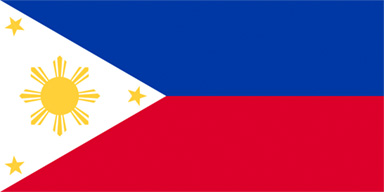
- The Philippines
- (2015.01.08 - 01.11)
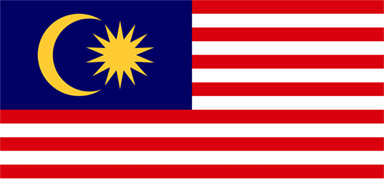
- Malaysia
- (2016.09.27 - 09.28)
- (2015.02.06 - 02.11)
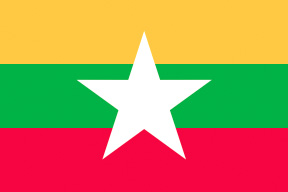
- Myanmar
- (2015.10.24 - 10.29)

- Indonesia
- (2015.11.13 - 11.23)
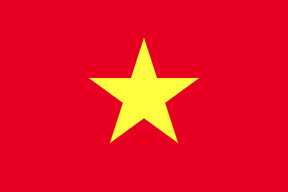
- Vietnam
- (2015.12.13 - 12.20)
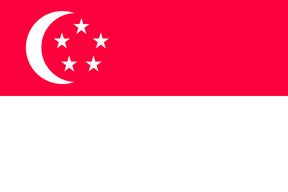
- Singapore
- (2016.11.08 - 11.11)
- (2016.01.21 - 01.23)
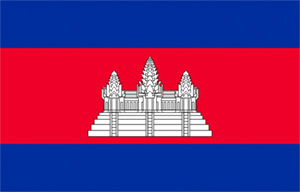
- Cambodia
- (2016.01.24 - 01.26)
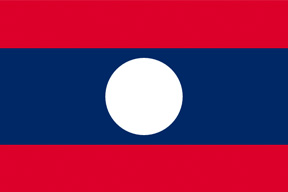
- Laos
- (2016.01.27 - 01.28)
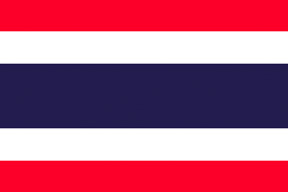
- Thai
- (2016.05.06 - 05.13)
